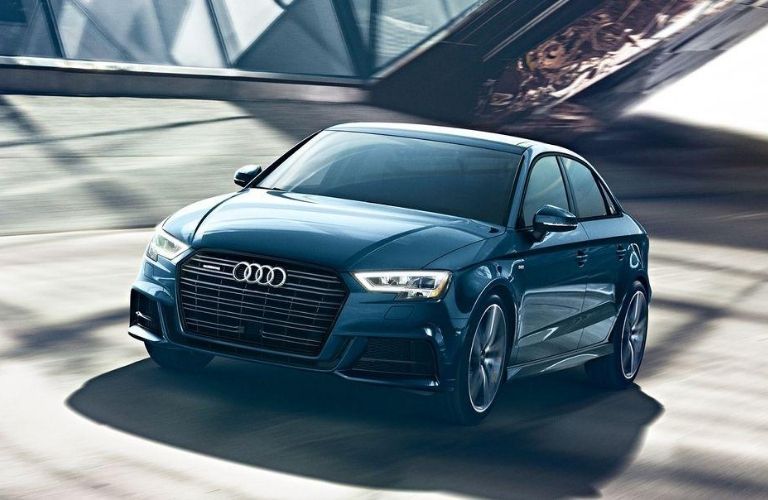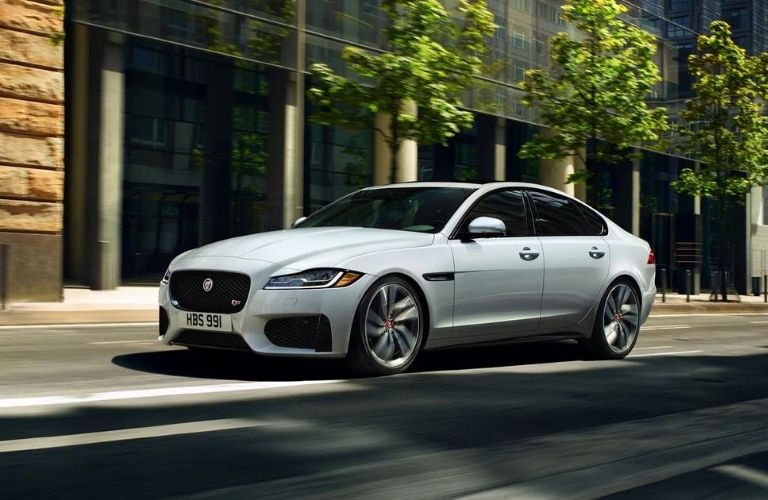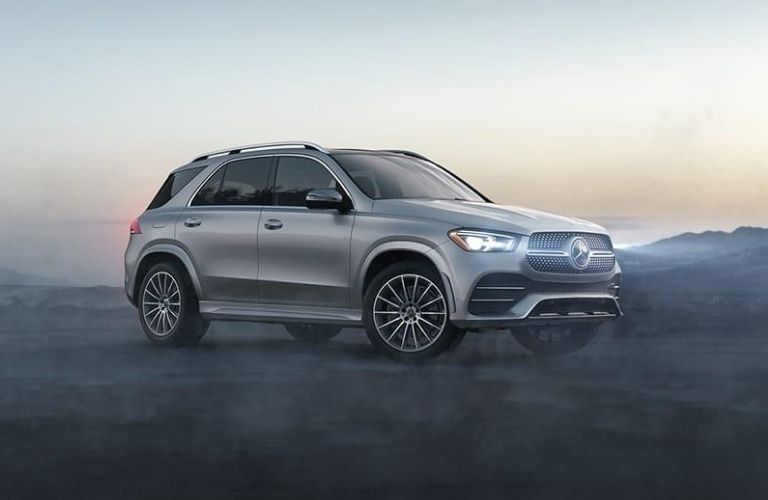Differences Between FWD, RWD, and AWD Vehicles
Let’s start to talk about the different types of wheels. You’ve likely heard the terms front-wheel-drive, rear-wheel-drive, and all-wheel-drive before. Do you actually know what these terms mean or how they differ from one another? Luckily, the staff here at Bell Auto Inc. is here to help! Today, we will be exploring the different types of wheels and the differences between FWD, RWD, and AWD vehicles. These are the drivetrains most commonly found on the pre-owned luxury vehicles that we have available in our inventory! Let’s get started!

Front-Wheel-Drive Vehicle
Key Elements
Front-wheel-drive vehicles are the most common vehicles on the road today. As can probably guess, this drivetrain system sends the power to the front axle to move the vehicle. FWD vehicles are so popular because the drivetrain system is more compact and offers more cabin space. Additionally, FWD offers much better traction in adverse road conditions than RWD.

Rear-Wheel-Drive Vehicle
Key Elements
Rear-wheel-drive vehicles are essentially the opposite of front-wheel-drive vehicles. This drivetrain system sends power to the rear axle to propel the vehicle forward. This was the predominant drivetrain up until the 1980s when FWD became more widely available. RWD vehicles are able to handle higher horsepower and weights, which is why it is common for luxury sports cars and performance sedans.

All-Wheel-Drive Vehicle
Key Elements
Finally, we have all-wheel-drive vehicles, which offer the best of both worlds between front-wheel and rear-wheel-drive. A vehicle featuring an AWD system will generally operate primarily like a FWD vehicle, but, when necessary, the AWD system will automatically activate and send power to both axles. This provides improved traction and handling. Unlike similar four-wheel-drive systems, AWD is automatically enabled by the vehicle’s advanced technology without the driver needing to activate it themselves.
Contact us here at Bell Auto Inc. today to learn more about the differences between these three drivetrain options for yourself!
More: What are the Owners and Origins of Every Luxury Car Brand?






